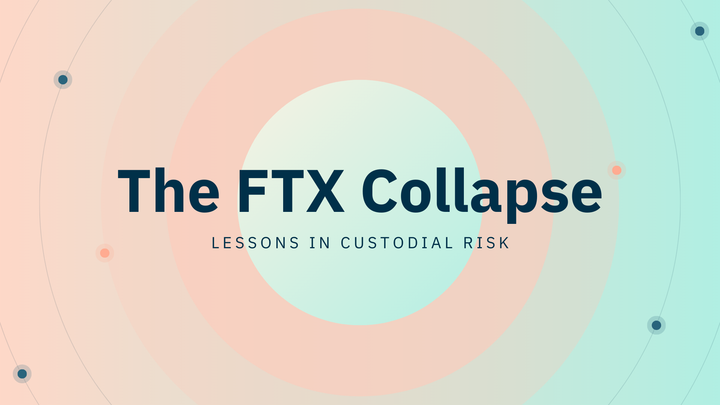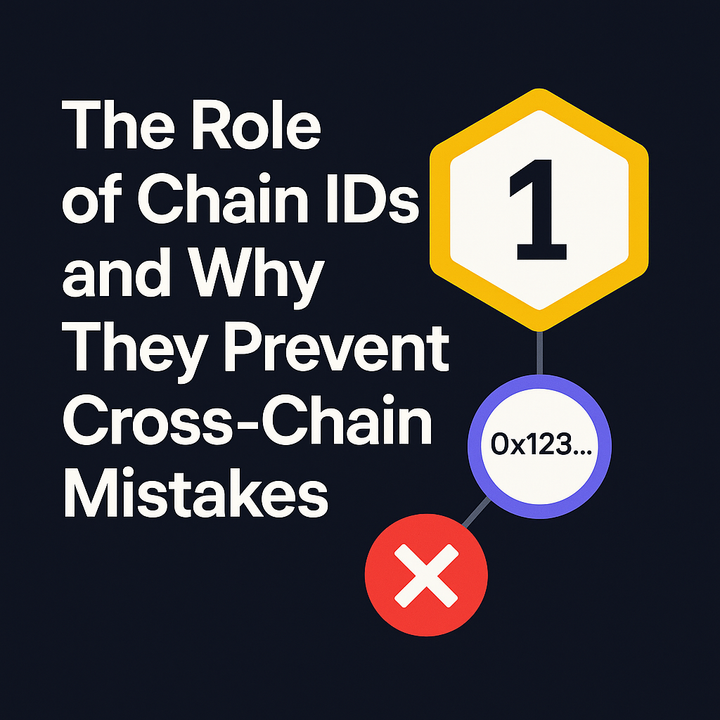How to Add Liquidity to Mitosis Vaults and Support Ecosystem-Owned Liquidity (EOL)

Decentralized Finance (DeFi) is transforming how we manage and allocate capital, but liquidity fragmentation across multiple blockchains remains a significant hurdle. Enter Mitosis, a Layer 1 blockchain designed to unify liquidity through its innovative Ecosystem-Owned Liquidity (EOL) model. By depositing assets into Mitosis Vaults, liquidity providers (LPs) can earn omni-sourced yields, participate in governance, and support a community-driven DeFi ecosystem. This article guide walks you through the process of adding liquidity to Mitosis Vaults, participating in EOL, and maximizing your returns in a secure and efficient way. Whether you're a seasoned DeFi user or a newcomer, this step-by-step tutorial will help you navigate Mitosis’ cutting-edge infrastructure.
Why Mitosis and EOL Matter
Mitosis tackles the problem of fragmented liquidity in DeFi, where assets like ETH on Ethereum or SOL on Solana are often trapped in isolated ecosystems, leading to inefficiencies and missed opportunities. The EOL model empowers retail LPs by pooling their assets into Mitosis Vaults, giving them collective bargaining power typically reserved for institutional players. Through governance, LPs vote on how pooled liquidity is allocated across high-yield DeFi protocols, earning rewards from multiple chains without the hassle of manual bridging.
As of April 2025, Mitosis has already amassed over $38 million in Total Value Locked (TVL) and secured $7 million in funding, signaling strong community and investor confidence. EOL Vaults are smart contracts deployed across supported networks like Ethereum, Arbitrum, Optimism, Linea, Manta, and more. When you deposit assets, you receive miAssets (e.g., miweETH for weETH deposits), which are yield-bearing tokens that grant voting rights and access to cross-chain opportunities.
This article guide will break down the process, highlight risks, and offer tips to optimize your participation.
Prerequisites
Before diving in, ensure you have the following:
- Crypto Wallet: A non-custodial wallet like MetaMask, or Rabby Wallet, compatible with Ethereum and EVM-based chains.
- Supported Assets: Mitosis Vaults currently accept assets like weETH (Wrapped Ether.fi ETH), weETHs, and plan to expand to stablecoins and other Liquid Restaking Tokens (LRTs). Ensure you have these in your wallet or acquire them via Uniswap.
- Gas Fees: You’ll need ETH or native tokens for the chosen network (e.g., ARB for Arbitrum) to cover transaction fees.
Step-by-Step Guide to Adding Liquidity to Mitosis Vaults
Step 1: Choose a Supported Network and Vault
Mitosis Vaults are deployed across multiple chains, including Ethereum, Arbitrum, Optimism, Linea, Manta, Blast, Mode, and Scroll, with plans for further expansion. Each network offers unique benefits, such as Arbitrum’s 1.2x chain boost for MITO Points during Expedition campaigns.
- To start, visit the Mitosis website to view available vaults and their supported assets. For example, the weETH vault on Ethereum is popular due to its integration with Ether.fi.
- Networks like Arbitrum or Optimism may offer multipliers for rewards, especially during early epochs.
- Higher TVL indicates strong participation, but review yield opportunities on the Mitosis Discord for the latest insights.
Note: Start with a network you’re familiar with, like Ethereum, to minimize complexity. Be aware that Ethereum Mainnet has higher gas fees compared to L2s like Arbitrum.
Step 2: Deposit Assets into a Mitosis Vault
Once you’ve selected a network, it’s time to deposit your assets:
- Navigate to the official Mitosis website or the Expedition campaign page.
- Click “Connect Wallet” and select your wallet (e.g., MetaMask). Ensure it’s set to the correct network (e.g., Arbitrum for an Arbitrum vault).
- Now select and choose the vault matching your asset (e.g., weETH vault for weETH deposits). Confirm the vault’s status (active epoch) to ensure deposits are accepted.
- Enter the amount of weETH or other supported tokens you wish to deposit. Approve the transaction in your wallet, paying the gas fee. Upon confirmation, the vault locks your assets and mints miAssets (e.g., miweETH) at a 1:1 ratio.
- Check your wallet to confirm receipt of miAssets, which represent your share of the pooled liquidity and grant governance rights.
Note: Avoid phishing sites by verifying URLs through official channels like Discord or X. Deposit during early epochs for higher reward boosts, and start with a small amount to test the process. Be cautious of deposit thresholds, as vaults may have minimum or maximum limits.
Step 3: Opt into Ecosystem-Owned Liquidity (EOL) Governance
To fully participate in EOL, you must opt into the governance process, allowing your assets to be allocated based on community votes:
- On the Mitosis Chain (accessible via the platform), select the option to deposit your miAssets into the EOL Vault. This signals your agreement to let the ecosystem allocate your liquidity.
- By holding miAssets, you gain voting power proportional to your deposit size, enabling you to influence which DeFi protocols receive liquidity. (e.g., Aave, Uniswap).
- Yields from allocated liquidity accumulate in the EOL Vault and are distributed to LPs, regardless of the deposit network, ensuring multi-chain exposure.
Note: Opting into EOL is optional. If you prefer not to participate in governance, you can still hold miAssets for yields or use them in other DeFi activities, but you won’t have voting power.
Step 4: Participate in the Governance Process
Mitosis’ governance process ensures transparent and community-driven liquidity allocation. It consists of three stages:
- Candidate protocols (e.g., Karak Network) submit proposals to the Mitosis Discord, detailing their security, rewards, and offerings. Join the discussion on the Discord to share insights or ask questions.
- LPs with miAssets vote to approve or reject the protocol’s inclusion as a Mitosis Vault. Votes are weighted by miAsset holdings.
- If approved, LPs vote on how much liquidity to allocate to the protocol. The EOL Vault then distributes funds accordingly.
- To vote, access the governance interface via the Mitosis platform or Discord. Connect your wallet and verify your miAsset balance. Cast votes during the specified voting period, following guidelines on the Discord.
Note: Engage in community by being active on Discord or follow Mitosis on X for updates on proposals and voting schedules. Research candidate protocols to ensure they align with your risk tolerance.
Step 5: Earn and Track Omni-Sourced Yields
Once your liquidity is allocated, you’ll earn yields from cross-chain DeFi protocols:
- Monitor yields by checking the Mitosis dashboard for a breakdown of daily rewards, which may include protocol fees, trading revenue, or $MITO tokens.
- Deploy miAssets in DeFi activities (e.g., lending on Aave or trading on DEXs) for additional returns, leveraging Mitosis’ integration with Hyperlane for cross-chain interoperability.
- During active epochs, redeem miAssets to recover your original assets (e.g., weETH) plus yields. Note that withdrawals are restricted outside active epochs, so plan accordingly.
Note: Track your MITO Points on the dashboard if participating in Expedition campaigns, as they may qualify you for $MITO airdrops. Complete verification tasks to avoid anti-sybil measures.
Conclusion
Mitosis is not just another DeFi project, it’s building the future of decentralized liquidity coordination. Through the Ecosystem-Owned Liquidity (EOL) model, Mitosis empowers retail liquidity providers to collectively direct liquidity across multiple blockchains, achieving yields that were once only accessible to large institutions. By depositing into Mitosis Vaults and participating in governance, users earn omni-sourced rewards, gain multi-chain exposure, and actively shape the DeFi landscape. The introduction of miAssets brings an elegant layer of flexibility and interoperability. LPs can hold, deploy, or vote with their assets, enjoying real yield generation across protocols without the complexity of bridging or multi-chain management. Mitosis also places community governance at its core, ensuring transparent decision-making where liquidity allocation is a collective, meritocratic process. With robust multi-chain support, strategic integrations like Hyperlane for seamless cross-chain operations, and a vibrant community ecosystem, Mitosis is positioning itself as a foundational pillar for DeFi’s next chapter. For early participants, this is not just an opportunity to earn, but a chance to influence the future of decentralized finance. If you want to maximize yields, participate in governance, and be part of DeFi’s evolution, Mitosis is the place to start today.



Comments ()